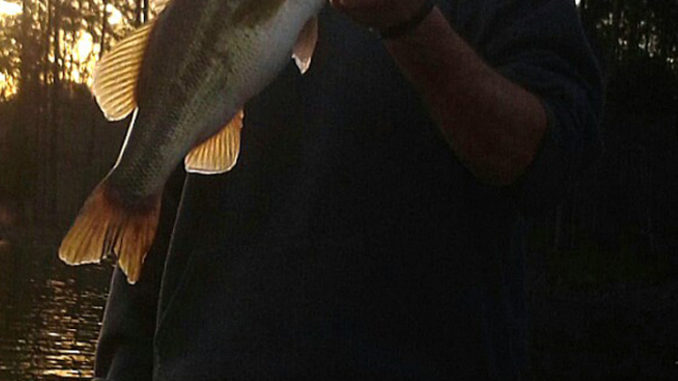
By Jason Snyder
Tales of honey holes that produce all the time on Lake Murray are hard to come by these days because, according to Hal Beard, a fisheries biologist with the S.C. Department of Natural Resources, who said the nature of the lake has changed.
“There is still a healthy population bass in the lake, but I don’t think you could classify it as a trophy lake any longer,” he said. “Every population has its ebbs and flows, but on Lake Murray, there are some outside forces that are likely changing the population.”
Those outside forces: shoreline development and a shrinking assortment of aquatic vegetation.
“Anytime you have development around a lake — and when the development is as big as what we have seen on Lake Murray — there will be an impact,” said Beard, who was born and raised on Lake Murray.
And then there are the grasses. As is the case in any large, multi-use lake, there is competition among fisherman and other recreational users.
“Boaters don’t like a lot of grass in the lake; it causes (them) all kinds of problems,” said Beard. “We’ve removed and keep a close eye on the invasive grasses. (But) as any fisherman will tell you, bass and grass go together, and there are just less grasses.”
With the bass population changing, SCDNR has changed regulations, putting into place a 14-inch size minimum to go with a daily creel limit.
“I’m glad to see that now DNR not only has catch limits but size limits this year too,” said Charles Dooley of Dooley’s Sports Shop in Lexington. “You can only keep bass over 14 inches. They said it worked well in Santee, so they brought it here, and hopefully it will help.”

Be the first to comment